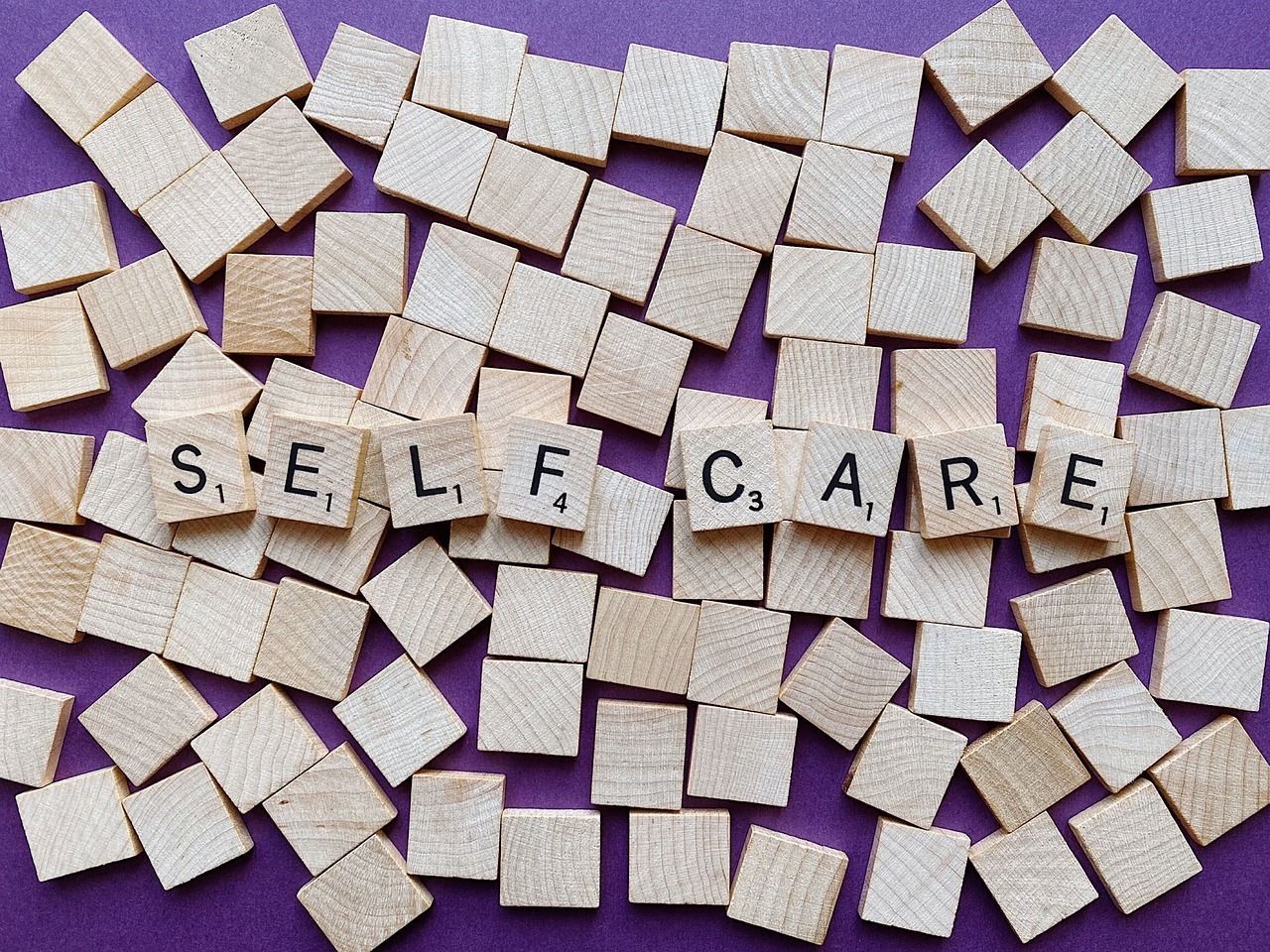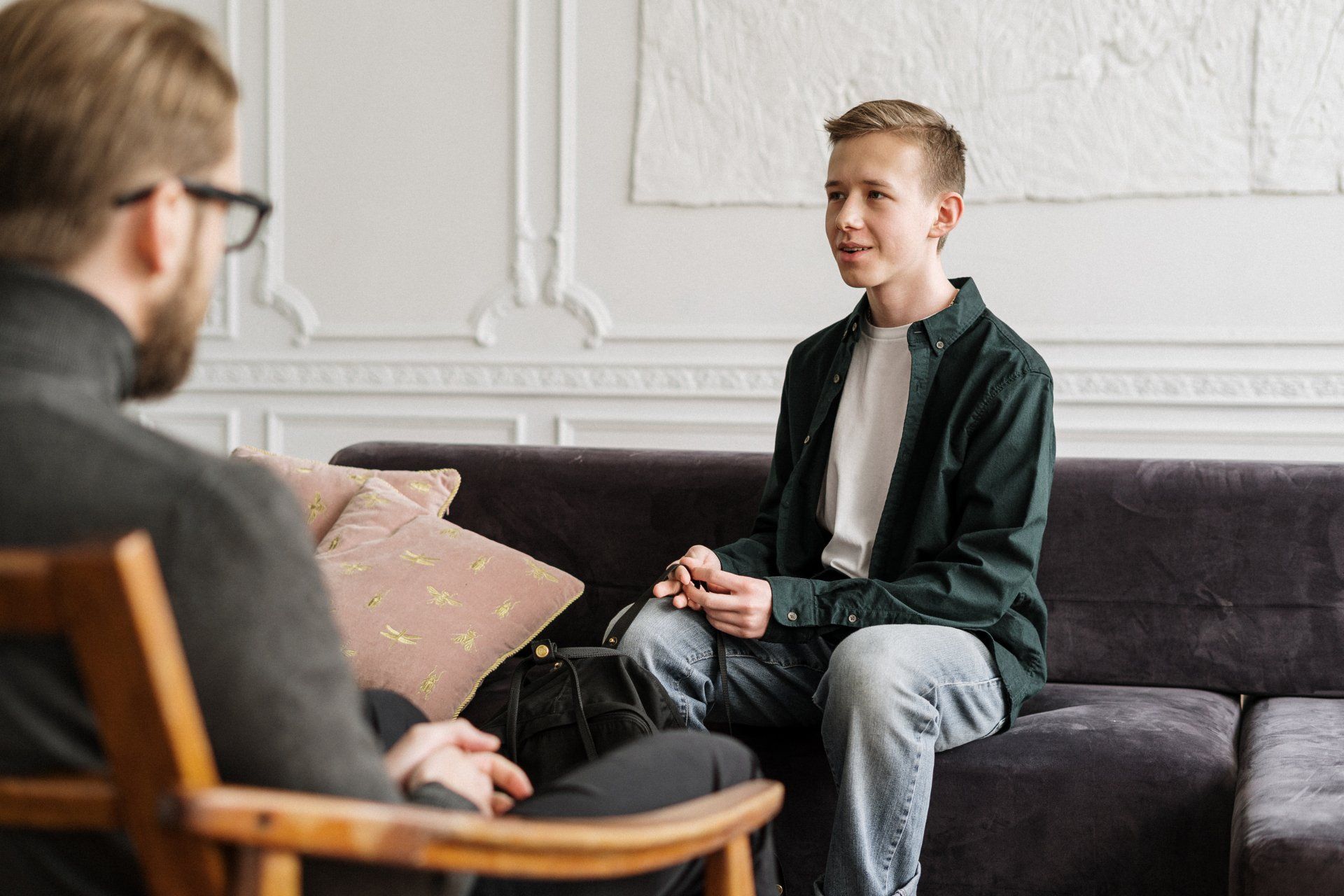Supporting LGBTQ+ Youth Mental Health: Overcoming Stigma and Finding Affirming Care
How Do LGBTQ+ Youth Face Unique Challenges Related to Mental Health?
LGBTQ+ youth experience multiple intersecting challenges that have a profound impact on their mental health. Research indicates that stigma, discrimination, and bullying lead to higher rates of depression, anxiety, and suicidal ideation among these young individuals. Studies by the Centers for Disease Control and Prevention (2021) and the Trevor Project (2020) suggest that nearly 50% of LGBTQ+ youth have experienced some form of harassment, which exacerbates feelings of social isolation and stress. These challenges are frequently compounded by issues of family rejection, internalized homophobia, and a lack of role models. In environments where supportive systems are absent, many LGBTQ+ youth encounter barriers that hinder their access to adequate mental health services, resulting in underdiagnosed and undertreated conditions.
Moreover, challenges such as intersectionality with race, socio-economic status, and gender expression further complicate the mental health landscape for LGBTQ+ individuals. For example, LGBTQ+ youth who belong to racial or ethnic minority groups may confront additional prejudice that intensifies their psychological distress. The pressures associated with navigating a world that often invalidates their identities lead to higher rates of substance abuse and self-harming behaviors. The complex interplay of these factors necessitates targeted intervention strategies that recognize the unique experiences of LGBTQ+ youth.
How Can Safe Spaces Be Created for Open Conversations Among LGBTQ+ Youth?
Creating safe spaces for LGBTQ+ youth is a critical strategy for mitigating the negative mental health impacts of marginalization. Safe spaces are defined as environments—whether physical or virtual—where individuals can express themselves without fear of judgment or reprisal. Establishing such sanctuaries requires deliberate efforts from educational institutions, community organizations, and mental health professionals to foster trust and inclusivity.
Recent initiatives by schools and community centers have demonstrated that peer support groups, LGBTQ+ resource centers, and inclusive policies can significantly reduce the stress associated with discrimination. For example, a study published in the Journal of Adolescent Health (Russell et al., 2014) found that LGBTQ+ student organizations in schools contribute to improved self-esteem and lower rates of depressive symptoms. In practice, safe spaces should integrate regular counseling sessions, facilitated group discussions, and mentorship programs aimed at bridging gaps between youth and supportive adults. These environments not only promote open dialogue but also empower youth to develop resiliency skills and critical coping strategies.
Additionally, safe spaces must account for digital safety by ensuring that online forums where LGBTQ+ youth gather are moderated effectively to prevent cyberbullying and harassment. By combining both community-driven and technology-enabled approaches, stakeholders can ensure that every LGBTQ+ young person has access to the support and resources necessary to thrive.
How Can Access to Mental Health Resources Be Promoted for LGBTQ+ Youth?
Promoting access to mental health resources for LGBTQ+ youth is essential to counteract the elevated rates of mental distress within this community. The challenges often begin with barriers such as lack of insurance, stigma surrounding therapy, and limited availability of culturally competent care providers. Recent policy changes and advocacy efforts have highlighted the need for tailored mental health services that address the specific needs of LGBTQ+ individuals.
One effective strategy is the integration of mental health services within schools, where many LGBTQ+ youth already spend a significant portion of their day. Programs that partner with community health centers can offer free or low-cost counseling, crisis intervention services, and support groups led by providers trained in LGBTQ+ issues. Government initiatives and nonprofit organizations have also increasingly collaborated to develop mobile mental health units and telehealth services, which can be particularly advantageous for isolated or rural populations.
A key component of this improved access is the promotion of awareness campaigns that normalize seeking mental health support. Citing research from the National Alliance on Mental Illness (NAMI, 2019), public service announcements and school-based interventions that discuss mental health in a culturally sensitive manner significantly reduce the fear of seeking help.
How Can Families Be Empowered to Support LGBTQ+ Youth?
Family support plays a crucial role in shaping the mental health and overall well-being of LGBTQ+ youth. Research consistently shows that acceptance from family members significantly reduces the risk of depression, substance abuse, and suicidal ideation. In contrast, family rejection is one of the strongest predictors of negative mental health outcomes in LGBTQ+ populations. Empowering families to support their LGBTQ+ children involves education, open communication, and access to family-centered mental health services.
Empowerment begins with providing families with accurate, stigma-free information about gender identity, sexual orientation, and mental health. Organizations like The Trevor Project and PFLAG (Parents, Families, and Friends of Lesbians and Gays) have developed comprehensive resources that guide families through the process of acceptance and support. These groups hold workshops, counseling sessions, and support groups specifically designed for parents and caregivers to discuss issues such as disclosure dilemmas and navigating societal prejudice.
Furthermore, family counseling services that include both the LGBTQ+ youth and their relatives are effective in improving communication and rebuilding trust. A meta-analysis published in the Journal of Marital and Family Therapy (Ryan et al., 2010) concluded that such interventions are associated with a 30% improvement in family dynamics and overall mental health for the youth involved. The following list outlines key steps that families can take to foster a supportive environment:
- Educate themselves using reliable sources on LGBTQ+ issues.
- Engage in open, nonjudgmental conversations about identity and feelings.
- Seek professional family counseling when needed.
- Participate in community support groups and shared learning experiences.
- Advocate for inclusive practices within schools and local communities.
Overall, family empowerment is a dynamic process that requires commitment, both individually and collectively, to ensure that LGBTQ+ youth feel secure, valued, and understood at home.
How Can Positive Mental Health Practices Be Encouraged Among LGBTQ+ Youth?
Encouraging positive mental health practices among LGBTQ+ youth focuses on building resilience and fostering self-acceptance through various supportive strategies. Positive mental health practices include mindfulness, healthy sleep habits, regular physical activity, and engaging in creative or expressive outlets. These practices are known to alleviate symptoms of anxiety, depression, and stress, which many LGBTQ+ youth experience due to pervasive societal pressures.
Mindfulness-based interventions, for instance, have been shown to reduce emotional dysregulation and improve self-compassion among adolescents. A study in the Journal of Child Psychology and Psychiatry (Zoogman et al., 2015) found that regular meditation practices can lower stress levels by up to 20% and improve overall mood. Beyond mindfulness, involvement in extracurricular activities such as art, music, or sports builds a sense of community and belonging that counters isolation.
Educational institutions and community organizations play a pivotal role in weaving these practices into daily life. By hosting mental health workshops, stress management seminars, and peer mentorship programs, they enable LGBTQ+ youth to learn and adopt practical tools for managing their mental well-being. Additionally, digital platforms—such as mobile apps and online support communities—provide accessible avenues for self-guided mental health practices, particularly in times when in-person support may be limited.
The integration of these practices not only helps mitigate the risk factors associated with mental health struggles but also cultivates a stronger sense of self and purpose among LGBTQ+ youth. Schools, families, and community stakeholders should work in tandem to create environments where adopting these healthy behaviors is normalized and supported.
How Can Policy Changes Support the Mental Health of LGBTQ+ Youth?
Policy changes are instrumental in shaping the structural environment that either exacerbates or alleviates mental health issues among LGBTQ+ youth. Policies that promote anti-discrimination practices, inclusive curriculum designs, and equitable access to mental health services are crucial for addressing systemic barriers. Legislative frameworks that protect LGBTQ+ rights can also provide the necessary institutional backing for community programs and safe spaces, ultimately improving mental health outcomes.
Recent policy interventions in countries like Canada, New Zealand, and several U.S. states have demonstrated measurable improvements in mental health indicators among LGBTQ+ populations after the implementation of supportive policies. For instance, policies mandating inclusive sex education and anti-bullying protocols in schools have correlated with a 25% reduction in reported cases of student harassment in some regions (Human Rights Campaign, 2020).
Furthermore, local and national governments can invest in training programs for mental health professionals to increase cultural competency when working with LGBTQ+ youth. Effective advocacy for policy change relies on clear, data-backed arguments that illustrate the connection between inclusive policies and improved public health outcomes. The following table highlights several key policy areas, the challenges they address, and the documented benefits:
Frequently Asked Questions
Q: What are some common challenges faced by LGBTQ+ youth in relation to mental health?
A: LGBTQ+ youth often face challenges such as bullying, social isolation, family rejection, and discrimination that contribute to higher levels of depression, anxiety, and suicidal ideation. These factors are compounded by societal stigma and a lack of access to culturally competent mental health services.
Q: How can schools promote safe spaces for LGBTQ+ youth?
A: Schools can promote safe spaces by implementing inclusive policies, establishing LGBTQ+ support groups, training staff on cultural competency, and integrating comprehensive anti-bullying measures. These strategies help create an environment where LGBTQ+ students feel safe to express their identities.
Q: What role does family support play in the mental health of LGBTQ+ youth?
A: Family support is crucial as it directly influences self-esteem, resilience, and overall mental well-being. Families that educate themselves, engage in open dialogue, and seek counseling when needed tend to foster healthier, more supportive environments that significantly reduce the risk of mental health issues.
Q: How can mental health resources be made more accessible to LGBTQ+ youth?
A: Enhancing accessibility involves integrating mental health services within schools, leveraging telehealth platforms, offering free or sliding scale counseling, and launching awareness campaigns to reduce stigma. Structural changes such as these help break down barriers that prevent LGBTQ+ youth from receiving proper care.
Q: What specific policy changes can improve mental health outcomes for LGBTQ+ youth?
A: Policy changes that mandate anti-discrimination measures, promote inclusive curricula, increase funding for mental health services, and support training for culturally competent care have been shown to improve mental health outcomes. These policies help create systemic change that benefits LGBTQ+ youth in both educational and community settings.
Key Takeaways
- LGBTQ+ youth face unique challenges due to discrimination, family rejection, and social stigma, which can significantly impact their mental health.
- Creating safe spaces and offering culturally competent mental health services are essential for improving mental health outcomes among LGBTQ+ youth.
- Family support, inclusive education, and policy reforms play pivotal roles in fostering well-being.
- Comprehensive policy changes and community initiatives are necessary to reduce the elevated risks of mental health issues in this population.
Final Thoughts
In summary, addressing the mental health needs of LGBTQ+ youth requires a multifaceted approach that encompasses creating safe spaces for open dialogue, enhancing access to tailored mental health resources, empowering families, and advocating for effective policy changes. Each of these strategies is supported by empirical research highlighting their positive impact on lowering rates of mental distress and promoting overall well-being. By working together, families, schools, and policymakers can build environments that nurture resilient youth prepared to face and overcome the challenges of discrimination and isolation. Ultimately, this comprehensive support structure not only benefits individual LGBTQ+ youth but also enhances the broader community by promoting equity and inclusion.











